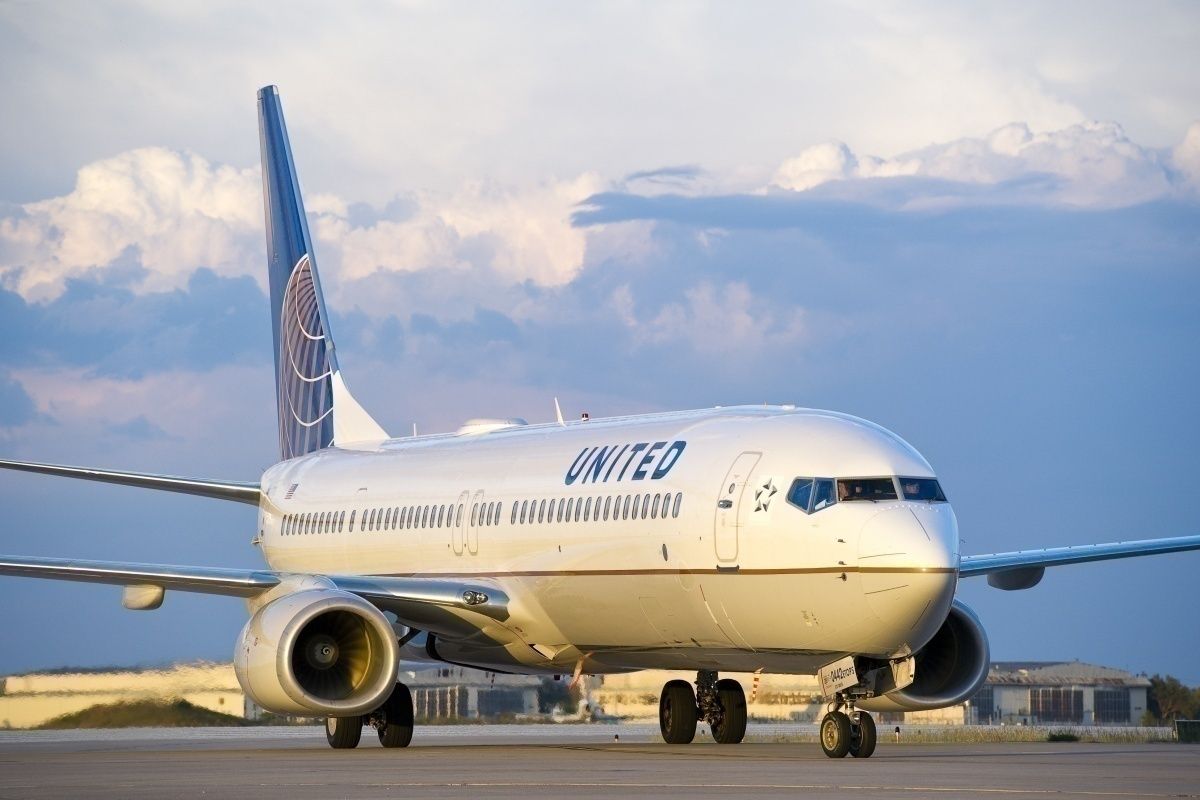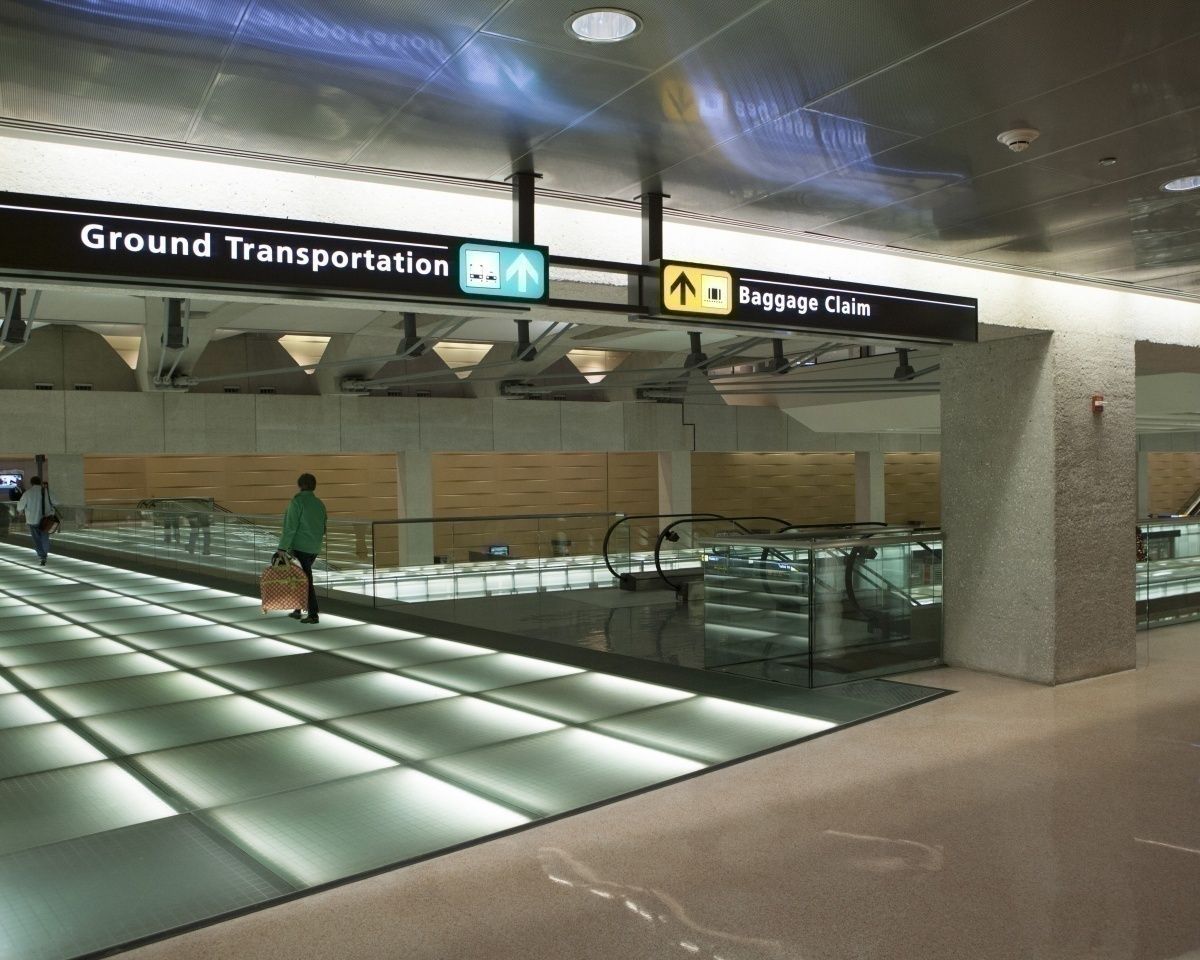Amid plummeting demand, United Airlines is moving to slash its flights by 90% in May. It comes as the airline experiences a 97% year on year drop in passenger numbers. In a message sent to United's more than 100,000 employees this week, CEO Oscar Munoz forecasts a tough immediate future for the airline, its employees, and passengers.
"To help you understand how few people are flying in this environment, less than 200,000 people flew with us during the first two weeks of April this year, compared to more than 6 million during the same time in 2019, a 97 percent drop. And we expect to fly fewer people during the entire month of May than we did on a single day in May 2019."
The United CEO said he expected passengers to be slow to return to flying once restrictions were eased. He suggested people would remain concerned about the pandemic and the health risks of commercial air travel.
United Airlines reacts to plunging travel demand
Like other US carriers, United Airlines has seen domestic demand for travel evaporate as the US Government urges its citizens to stay home. The airline had already reduced its network-wide flying by 68% in April.
In the United States, United Airlines has reverted to the old hub and spoke model. It is trying to maintain services to as many domestic airports as possible, even if that may now involve flying through one of United's hubs in Chicago, Denver, Houston, Los Angeles, Newark, San Francisco, and Washington Dulles.
United Airlines has also maintained vital links to most continents. It is flying a reduced schedule to Frankfurt, Tokyo, Tel Aviv, Sydney, and Sao Paulo. Just days ago, the airline spoke of running a limited service to London, Buenos Aires, and Amsterdam in May. Those proposed new May flights are not yet on United's website.
As the airline notes, the situation is "fluid." Nonetheless, United Airlines acknowledges thousands of people remain stranded and that the airline has a role to play in maintaining links to get them home.
While maintaining these barebones links is praiseworthy, the new cuts in services will reduce one of the world's largest airlines to a shadow of its former self. In the pre-pandemic world, United Airlines had nearly 5,000 daily departures to 362 airports in 61 countries around the world. 2019 saw the airline fly 162 million passengers. In April, it now expects to fly some 500,000 passengers. At those numbers, it will take United Airlines 324 months or 27 years of flying to reach their 2019 annual passenger figure.
US employees safe, for the time being
In the same message to employees, Oscar Munoz said United Airlines would receive US$5 billion through the Payroll Support Program under the US CARES Act (Coronavirus Aid, Relief, and Economic Security). That's to be used for payroll expenses although Mr. Munoz notes the amount won't cover all of United's payroll expenses. He also says payroll accounts for only about 30% of United's overall costs. Right now, there will be no pay cuts or involuntary furloughs before the end of September. It's worth noting that the promise only applies to US employees.
Notwithstanding his commitment to employees, the United boss says the airline is facing a very tough operating environment. With a lot of fixed costs that still need to be paid, service cancellations are one area where they have some flexibility. Oscar Munoz says;
"These schedule changes reflect the stark reality of our situation – and unfortunately, it's something that even legislation as large as the CARES Act can't fix."



